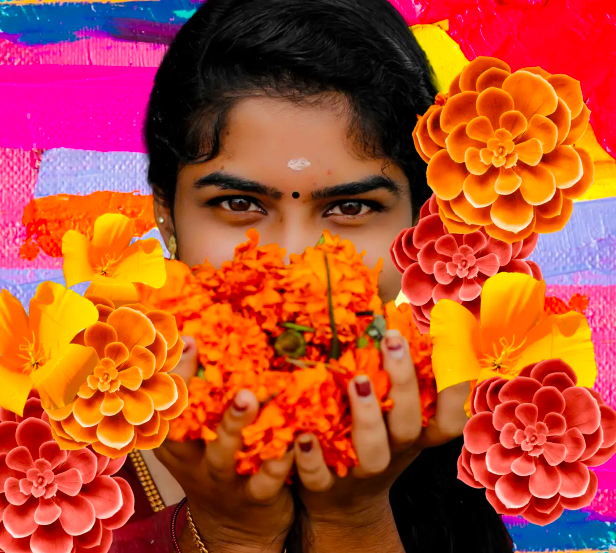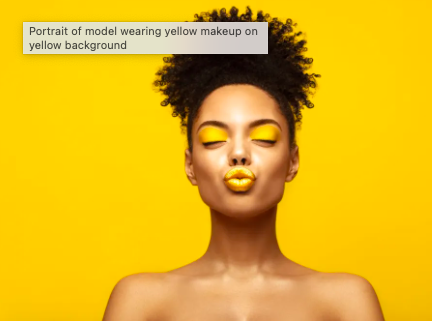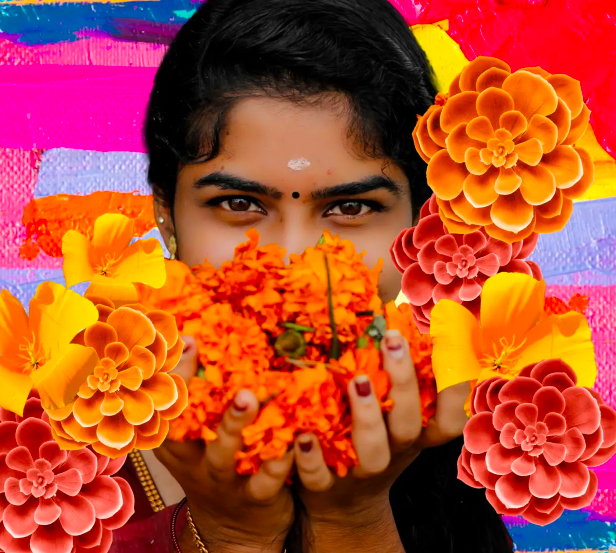
By Charlotte Iris
Colour is one of the most powerful forms of human expression. It shapes our emotions, our traditions, and our politics. From ancient cave paintings to modern day national flags, colour has always carried meaning beyond what the eye can see. The symbolism of colour is a language of its own, speaking of identity, belief, and belonging.
Across cultures, colours hold diverse and, at times, contradictory meanings. Few colours command attention like red, a hue that refuses to whisper. It burns with passion and power, its meanings shifting across time and place.

In Western societies, red is associated with love, desire, energy, and excitement, but also with danger, warning, and urgency. It stirs emotion and demands notice, it is often used in advertising, fashion, and politics to capture attention. In Russia, red carries revolutionary weight, historically symbolising both communism and the power of collective struggle. In Latin America, red can have religious connotations when combined with white, such as some traditional vestments.

In much of Asia, however, red radiates auspicious connotations. It represents life, joy, celebration, and prosperity. Across China, red has long symbolised prosperity, vitality, and good fortune. Its origins stretch back to ancient dynasties, where cinnabar pigments adorned temples, and red was associated with the life-giving power of the sun and fire. During festivals such as Lunar New Year, red lanterns, envelopes, and garments flood the streets, believed to ward off evil spirits and usher in happiness, making it the color with the strongest positive connotations in Chinese culture. The colour’s significance was even codified under imperial rule, with certain shades reserved for the emperor, marking it as a symbol of divine authority. In India, red embodies spirituality, sensuality, and power. It is the colour of marriage and fertility, seen in the sindoor worn by married women and in the red henna that decorates their hands. Across Thailand, worshippers honour the sun god, Surya, by wearing red on Sundays. In Iran, red symbolises courage and good fortune, and in Egypt it is considered a lucky charm.
Across Africa, interpretations of red vary widely. In Nigeria, it represents vitality and aggression, but in several other nations it signifies death and mourning. The same hue symbolising life in one culture can carry the shadow of loss in another.
In the United States, red has taken on a profoundly political identity, representing the Republican Party and the “Make America Great Again” movement. The red baseball cap has become an emblem of populism, nationalism, and for many, deep political division. This modern political affiliation contrasts sharply with the colour’s original American associations of courage, sacrifice, and unity, as seen in the red stripes of the national flag. The colour has since been appropriated to serve a political ideology, transforming a symbol of collective pride into one of exclusion and unrest. This shift illustrates how cultural currents can rapidly reshape a colour’s perception.
Across continents, red has signified both danger and devotion, rebellion and renewal. Whether worn in celebration or protest, in sacred ritual or political rally, red remains a colour of extremes.

Every society spins its own mythology of hues. Blue, for instance, presents a multifaceted profile of symbols.
In the Western imagination, blue is often perceived as serene, such as the colour of the Virgin Mary’s robe; it represents truth, purity and devotion in Renaissance art. By the end of the 11th century, Virgin Mary’s mantle had become an enduring symbol of celestial purity and grace. In Europe and North America, blue is regarded as the world’s safest and most trustworthy colour, often associated with authority, loyalty, and stability. It is used by banks, police forces, and corporations to project a sense of reliability and calm. Yet blue also carries emotional weight: in English, “the blues” allude to sadness, loneliness, and longing.

In many parts of the world, blue takes on a more spiritual and protective meaning. Across Albania, Afghanistan, Iran, Greece, and Turkey, blue amulets shaped like eyes are worn to ward off the “evil eye”, believed to offer protection and healing. In Eastern traditions, blue symbolises heaven, immortality, and the divine. In Hinduism, it is the colour of Krishna, representing love, joy, and the destruction of pain and sin. In Judaism, blue is associated with divinity and holiness, while in Ukraine it symbolises good health and the sky’s vitality.
Blue’s cultural associations with gender also vary widely. In many Western societies, blue is traditionally seen as masculine, linked to strength and dependability, whereas in China it is closely connected to femininity.
Across continents, blue remains a colour of contradictions. It can soothe or sadden, protect or humble, command or comfort. Perhaps more than any other hue, blue captures the tension between the earthly and the eternal, reflecting the vastness of both the sky above and the emotions within.
Yellow, too, possesses a strikingly divided identity across the globe.

In many East Asian cultures, such as China in particular, yellow has historically been the colour of imperial power, royalty, and prosperity, symbolising the earth and the emperor’s divine authority. The Forbidden City glowed in golden hues, and yellow garments were reserved for royalty. In Japan, yellow signifies refinement, wealth, and bravery. Warriors in fourteenth century Japan wore yellow chrysanthemums to honour the emperor, while in modern Thailand, yellow is considered lucky, and people wear it every Monday to attract good fortune for the week ahead.
Across African societies, yellow is equally revered. Its resemblance to gold has long connected it with success, wealth, and status. In some nations, only those of high ranking are permitted to wear it. In ancient Egypt, yellow was linked to gold and eternity, used in tombs and on mummies to accompany the dead to the afterlife. There, yellow signified both immortality and mourning.
Elsewhere, yellow takes on far more somber meanings. In France, it has for centuries been associated with betrayal, weakness, and jealousy. In the tenth century, the doors of traitors and criminals were painted yellow. In Germany, it symbolises envy and deceit, while in much of Latin America, yellow represents death and sorrow. In Russia, “yellow house” was once a colloquial term for an asylum.
Yet even amid its melancholy translations, yellow continues to radiate brightness. In North America, it symbolises cheer, communication, and optimism. It is the colour of sunflowers, taxis, and golden opportunity. Among many Native American nations, including the Navajo, Apache, and Iowa, yellow represents corn, gold, and the prosperity of the earth.

Few colours carry such a paradox. Across continents, yellow is both light and warning, life and decay, joy and jealousy. Its brilliance can comfort or condemn, reminding us that even the brightest colour can hold a shadow.
Perhaps no colour illustrates cultural divergence as definitively as white. In Western societies, it is widely recognised as a symbol of purity, innocence, and new beginnings. It is the quintessential colour for brides, representing virtue, hope, and peace. White also evokes cleanliness, serenity, and elegance. However, in many Eastern cultures, including across East Asia and India, as well as historically in parts of Slavic Europe, it carries the weight of death, mourning, and humility. It is traditionally worn at funerals and associated with ghosts and ancestral spirits.

In countries such as Korea and China, white is seen as a colour of misfortune, symbolising death and the afterlife, and is therefore reserved for mourning. The meaning could not be more different from its Western interpretation, where it remains the favoured shade for celebratory events. Yet beyond these cultural divides, white takes on other layers of symbolism.
Around the world, white has come to embody both beginnings and endings, joy and grief, purity and loss. Its duality captures the delicate balance between life and death that colour can express, revealing how something so simple in appearance can hold deeply complex meaning.
Ultimately, colours are not merely a visual endevour; they are cultural signposts that reveal how people see themselves and their world. They are cultural fossils, fragments of history we still carry in our art, clothing, and flags. What is remarkable is how colours outlive empires, borders, and trends. Whether it is the red of a Chinese festival, the blue of a Marian painting, the yellow of imperial robes, or the white of mourning, every hue tells a story of power, faith, and belonging. Like wind through a stained-glass window, light shifts and refracts, transforming what it touches. Colours, too, shift with time, yet they never lose their voice. They remind us that beauty and meaning are never just seen; they are felt.
